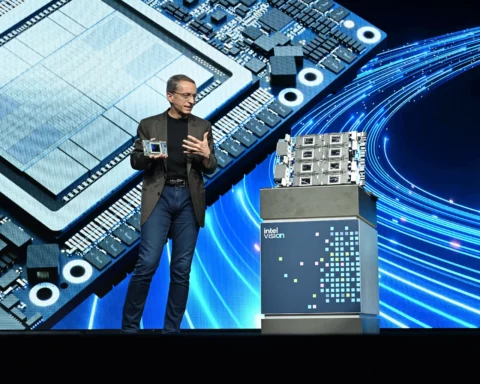As part of its 13th Gen range, Intel has introduced a variety of new desktop processor types in addition to new mobile processors. Six of the sixteen new locked models in the K-series are low power variations for OEMs, joining the six current unlocked models.
Starting with the top of the ten basic models, we have the Core i9-13900, which keeps the 13900K’s core and thread count but lowers all of the clock speeds, with boost clocks lowering by up to 200MHz. Although boost power is only down by 34W to 219W, the base clocks are also lower, resulting in a lower 65W base power. If you intend to operate at maximum turbo speeds, you will still need a robust cooling.
Next up is the Core i7-13700, which achieves the same 65W base power and 219W boost power restrictions as the 13900 while making comparable clock speed compromises to the 13700K. Things change a little with the i5 and i3 models. These are effectively rebranded 12th Gen Alder Lake models, despite the fact that they are labelled as 13th Gen parts. This indicates that the i5 and i3 models differ greatly beyond just clock speeds.
Although the Core i5-13600 and Core i5-13600K both have 14 cores and 20 threads, they are not the identical cores, thus even though the turbo clock speeds only differ by about 100-200MHz, the differences in performance would be much more. Additionally, the L2 cache was reduced from 20MB to 11.5MB. Additionally, there are changes to the memory controller, which results in less bandwidth and a reduction from DDR5 JEDEC timing of 5600MHz to 4800MHz of the 12th Gen. The power has decreased to 65W base and 154W during turbo, which is a plus.
In comparison to the i5-12500 and i5-12400, the variations between the 13500 and 13400 are more notable. The 13500 is configured differently from the 13400, which has 6 P-cores but only 4 E-cores, and has 6 P-cores and 8 E-cores, whereas the difference between the 12th Gen models was merely clock speed. The 13500 also has a greater L2 and L3 cache and a boost clock difference of about 200MHz. But under turbo load, both use the same 154W.
The i3-13100, which is actually simply the 12100 with an overclock, is the last option. The new model is similar to the old type except for its 200MHz faster clocks. All other models, excluding the 13600 and the 13500, have a F variant that does not feature an integrated GPU.
Then there are the T models, which are significantly de-clocked variations targeted at a lower power draw, only up to 106W for the top-of-the-line 13900T under turbo, at 35W at idle. Regular customers cannot purchase these parts since they are primarily designed for OEMs that manufacture pre-built systems.
Only the RCP amount from Intel, which is the cost per unit for each 1000 units the retailer orders, is available for pricing. The actual cost is slightly greater, but typically not significantly. Overall, there are some intriguing statistics there, especially the modest price difference between the 13500 and the 13400 despite the stark differences in their specifications. Despite the relative lack of advancements over its predecessor, the 13100F’s starting price is still fantastic, and the 13700F can still be a fantastic all-around CPU for the price.








